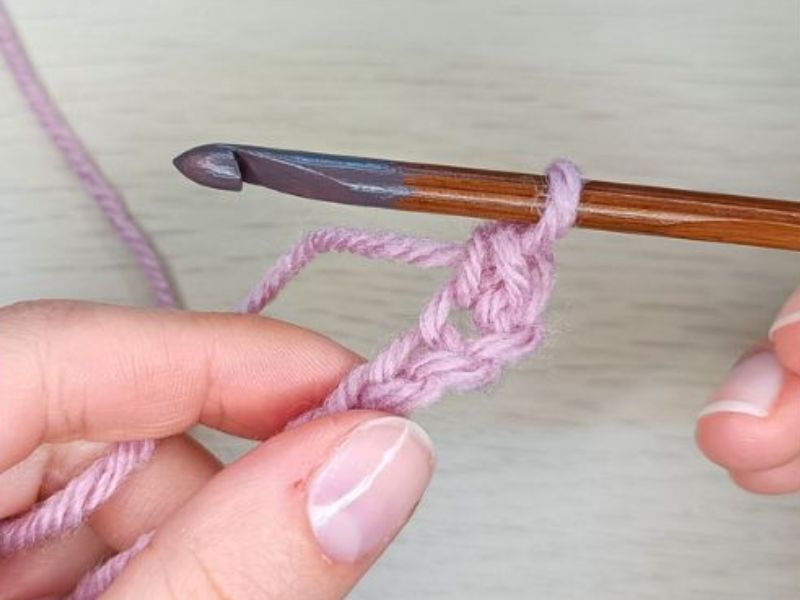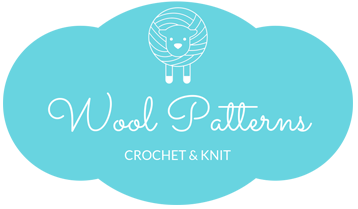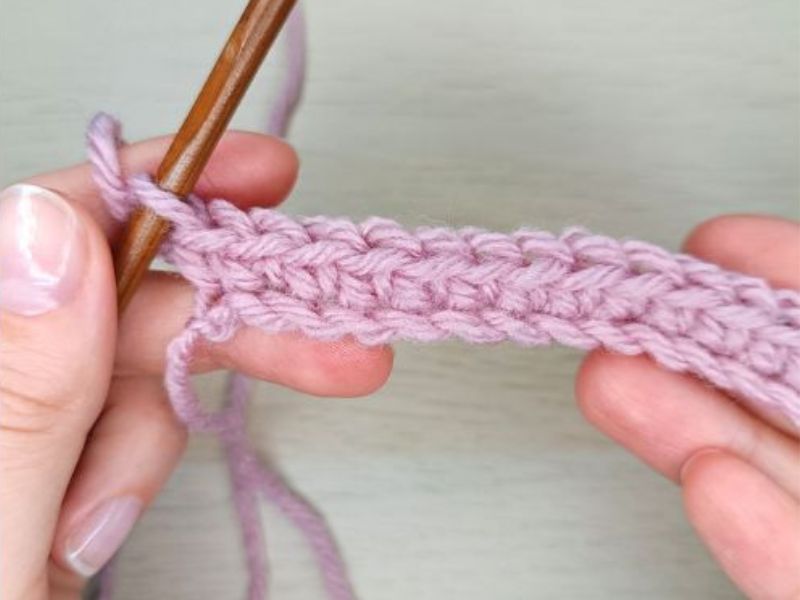Single Crochet – Everything You Need to Know as a Beginner
Every crochet journey starts with learning how to do the basic stitches. One of them is certainly a single crochet. This type of stitch you will find in almost any pattern and you can’t learn to crochet properly without mastering it. If you’d like to make one day a stylish sweater or a simple blanket, it’s more than likely that you’ll need this stitch.
Before you start crocheting, you also need to know:
- how to tie a slip knot
- how to crochet a chain stitch
What is a single crochet stitch?
The single crochet stitch is perhaps the simplest and one of the most important crochet stitches. It produces a tight, dense fabric, which is ideal for various crochet projects. While working this stitch beginners often hone other basic crochet skills, such as how to hold the crochet hook and yarn.
If you are new to crochet, then you’ll probably like to know:
The answer to all these questions is YES! Single crochets go into making everything from casual wear such as scarves and hats to home items, like blankets and pillows, or adorable plushies.
Using single crochets for blankets results in a warm, dense fabric that’s perfect for snuggling. In the case of amigurumi, its tight stitches ensure that the stuffing doesn’t peek through, giving your yarn figurine a nice polished look.
Finally, single crochets can be used to create stunning clothing pieces suitable for any season. From cozy sweaters and scarves that ward off the winter chill to stylish summer tops and dresses.
What is the difference between single crochet and double crochet?
Single crochet and double crochet may appear similar at first glance. But the truth is they have significant differences in both construction and final appearance.
Single crochet stitches are shorter, leading to a denser and more compact fabric. This makes them perfect for projects that require a sturdy texture.
On the other hand, double crochet stitches are taller. They result in a looser, more flexible fabric, suitable for creating lighter, breathable pieces. Understanding these distinctions, allows you to make informed decisions on the best stitch to use in your projects.

What type of yarn is best for single crochet?
For practicing this stitch, go for a medium-weight yarn (aran or worsted), as it’s thick enough for comfortable handling. Stitches are also more visible when working with yarn in a light color like white, beige, or gray, so make sure you start with one of these.
How do I make a single crochet stitch?
Learning the single crochet stitch becomes much more manageable with the help of detailed tutorials and videos. For the ultimate guide, check out this article – Master the Single Crochet Stitch [Video for Beginners]. It includes all the instructions to help you get a grasp of this basic stitch very quickly.
Are there any common mistakes to avoid when doing single crochet?
When working with single crochet stitches, beginners might insert their hook into an incorrect part of the stitch. Another popular mistake is to overlook the last stitch at the ends of rows. However, this can distort the project’s final shape.
To prevent such mistakes, it’s essential to count your stitches at the end of every row. Another way is to use stitch markers that will tell you where a row ends or begins.
How do I fix a mistake in a Row of single crochet?
Begin by pinpointing the error within the row, and then gently undo the stitches back to where the mistake occurred. This undoing process, often referred to as ‘frogging,’ makes it possible to rework the section accurately.
What are some variations of the single crochet stitch?
There are numerous ways to diversify your crochet work with interesting textures using variations of the same stitch:
- Extended single crochet – crafted similarly to the basic single crochet but with an additional loop, results in a taller stitch that maintains a solid fabric without gaps.
- Front loop single crochet and the back loop single crochet – introduce a ribbed or textured appearance to the fabric.
By learning about these varieties, you will bring a new level of creativity and personalization to your crochet projects.
Are there any tips for maintaining tension while single crocheting?
Ensuring uniform tension is critical for producing a neat fabric. A key strategy is to hold the working yarn in a manner that lets it glide smoothly between your fingers, yet not too loosely. Remember that like many skills, mastering tension control becomes easier with regular practice.

